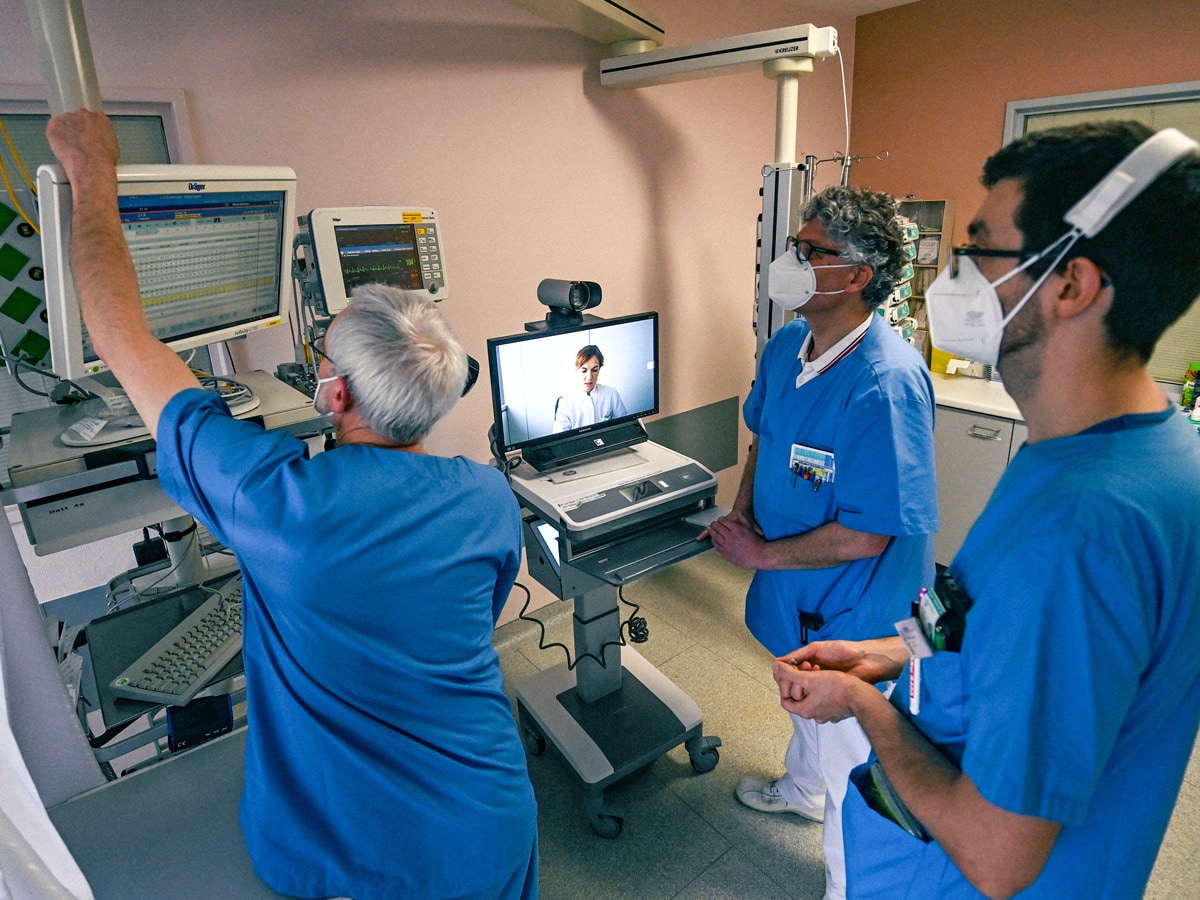The FDA approved Bristol-Myers Squibb’s [BMY] Opdivo (nivolumab) in 2016 and, two years later, it approved Merck’s [MRK] Keytruda (pembrolizumab). These are two new forms of immunotherapy-based melanoma treatments, and both are types of PD-1 inhibitor. The checkpoint inhibitor technology underlying them has since revolutionised oncology, the study and treatment of cancer.
In 2015, Loncar Investments launched its Cancer Immunotherapy Index [LCINDX] to track innovative immunotherapy companies. CEO Brad Loncar says the theme has come a long way since. “By now people have mostly heard of immunotherapy — that’s cool [because] at launch not many had,” he tells Opto. “There are now dozens of approaches to immunotherapy — a few have already succeeded in major ways.”
Among these successes are not only checkpoint inhibitors, but also cell therapy, which re-engineers body cells to detect and kill cancer. “We’re starting to see different classes of immunotherapy succeed in trials,” says Loncar. “As exciting as that is, it’s still very early days. There are dozens of approaches [to the] research right now.”
“We’re starting to see different classes of immunotherapy succeed in trials. As exciting as that is, it’s still very early days. There are dozens of approaches [to the] research right now” - Loncar Investments CEO Brad Loncar
Awareness of biotech investment’s potential has increased over the last year as a result of the pandemic. “People saw how quickly the vaccines were developed,” says Loncar.
Sales of checkpoint inhibitors alone have reached $23bn since Opdivo and Keytruda received FDA approval, with Bernstein analysts predicting $12bn additional growth in the next eight years. Despite expectations of Keytruda soaking up the bulk of this growth, Merck’s share price rose 1.4% during the first half of 2021, while Bristol-Myers Squibb is up 8.6%.
Investing in immunotherapy stocks is risky, Loncar warns, even for biotech specialists. “Cancer [treatment], in my opinion, is the most difficult thing to invest in,” he says. “The failure rate is very high.” That said, the Loncar’s Cancer Immunotherapy ETF [CNCR] has climbed 18.8% in the last 12 months (through 30 June).
“Cancer [treatment], in my opinion, is the most difficult thing to invest in, the failure rate is very high” - Brad Loncar
Telemedicine
While connected health devices permit active monitoring of patients remotely, 2020 also saw a big rise in demand for telehealth services, which allow patients to communicate with doctors from afar.
Like connected devices, telehealth services allow doctors to assess and treat patients remotely. Grand View Research says the global market was valued at $55.9bn in 2020 and predicted it to grow at a CAGR of 22.4% between 2021 and 2028.
One of the earliest movers in the US in this space was Teladoc [TDOC]. Teladoc had a market cap of $25bn on 30 June and enough financial clout to match its patients to licensed doctors who can prescribe treatments. It snapped up rival Livongo in August 2020, in a deal valuing the latter at $18.5bn. Its business model is a subscription service that collaborates with hospitals, employers, health insurers and other organisations.
$55.9billion
Valuation of telehealth services in 2020
Teladoc’s share price gained 142.3% through 2020 but has fallen 16.8% over the first half of 2021. Its rival, 1Life Healthcare [ONEM], hasn't performed better so far in 2021, with shares down 24.3% in the same period. Teladoc and 1Life were the 14th and 18th largest holdings in the Global X Telemedicine & Digital Health UCITs ETF [EDOC] as of 30 June.
The acceleration of consumer and provider adoption of remote services like telehealth and connected health devices has helped expand access to care, which in turn has justified the use case for such technologies.
Thanks to increased awareness and investment since the coronavirus pandemic, the pace of technological innovation in the healthcare sector looks like it could continue to drive new growth and investment opportunities over the coming years.
Connected health
During the pandemic, connected health devices boomed, allowing doctors to monitor patients remotely. Indeed, 360 Research Reports noted that the global market for connected health devices was worth close to $51bn in 2019 but expects it to reach over $155bn by 2026, growing at a CAGR of 17.2% between 2021 and 2026.
Leaders in the field include electronic health records company Allscripts Healthcare Solutions [MDRX] and Medtronic [MDT], which manufactures pacemakers and other medical devices. Allscripts’ share price gained 173.4% during the 52-weeks to 30 June, while Medtronic climbed 38.2%.
$155billion
Expected valuation of connected health devices by 2026
Exposure to connected health device companies through any single ETF is difficult, given the age of the space and its overlap with other fields. As of 30 June, Allscripts Healthcare Solutions was the 23rd largest holding in the Global X Telemedicine & Digital Health ETF at 2.13% of the fund’s assets.
Meanwhile, Medtronic was the third-largest holding in the iShares US Medical Devices ETF [IHI] at 10.34%. The fund gained 36.7% in the past year (through 30 June), while Global X’s telemedicine ETF climbed 24% since launching on 30 July 2020.
As the internet of medical things continues to develop, new technologies in AI-informed drug discovery and diagnosis systems, as well as precision robotics deployed in surgery, are expected to be some of the trends leading the connected health devices market.
This article was originally published in our Opto Magazine. You can purchase your copy via our Opto Shop.
Disclaimer Past performance is not a reliable indicator of future results.
CMC Markets is an execution-only service provider. The material (whether or not it states any opinions) is for general information purposes only, and does not take into account your personal circumstances or objectives. Nothing in this material is (or should be considered to be) financial, investment or other advice on which reliance should be placed. No opinion given in the material constitutes a recommendation by CMC Markets or the author that any particular investment, security, transaction or investment strategy is suitable for any specific person.
The material has not been prepared in accordance with legal requirements designed to promote the independence of investment research. Although we are not specifically prevented from dealing before providing this material, we do not seek to take advantage of the material prior to its dissemination.
CMC Markets does not endorse or offer opinion on the trading strategies used by the author. Their trading strategies do not guarantee any return and CMC Markets shall not be held responsible for any loss that you may incur, either directly or indirectly, arising from any investment based on any information contained herein.
*Tax treatment depends on individual circumstances and can change or may differ in a jurisdiction other than the UK.
Continue reading for FREE
- Includes free newsletter updates, unsubscribe anytime. Privacy policy





